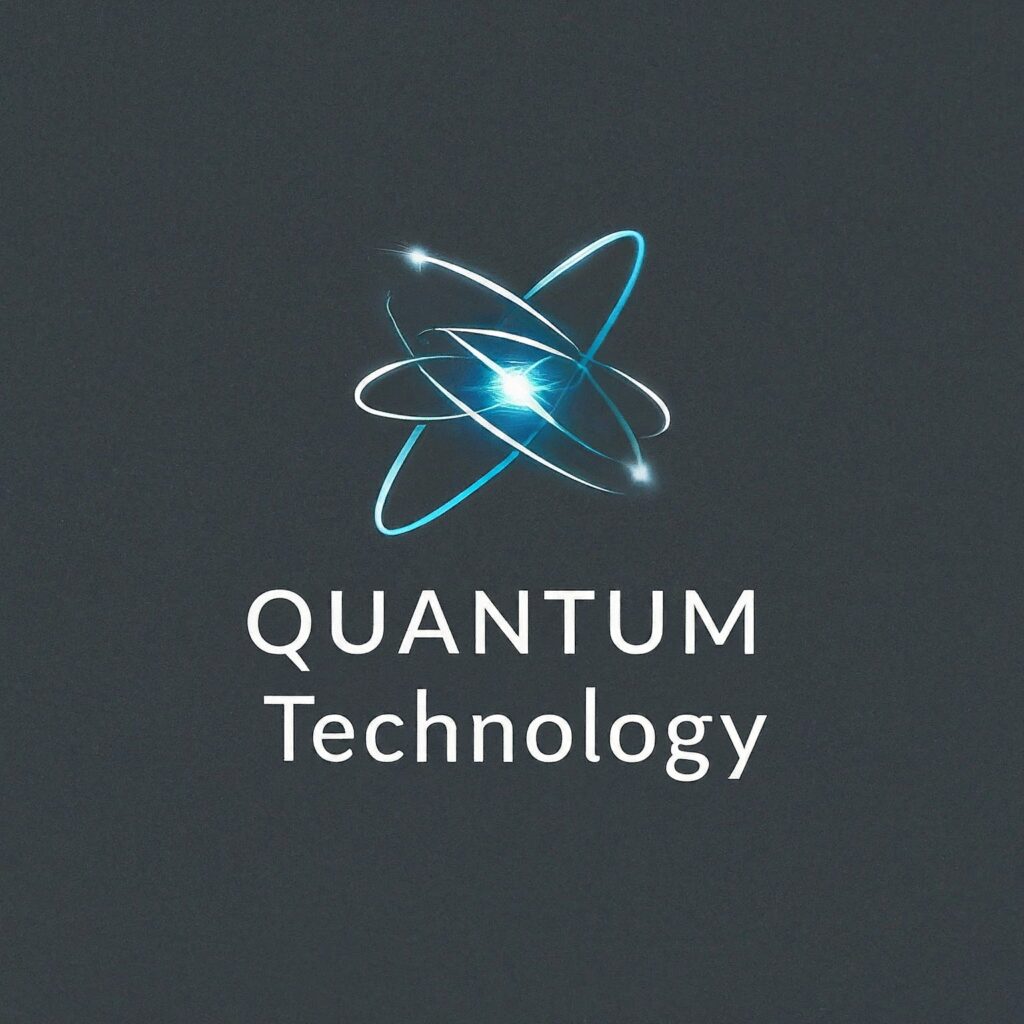Quantum technology is a rapidly developing field with the potential to revolutionize various sectors, including computing, communication, and materials science. At the heart of this progress lies the ability to manipulate and understand quantum states, the fundamental building blocks of quantum information. The Mach-Zehnder interferometer (MZI) plays a crucial role in this endeavor, serving as a versatile tool for investigating quantum state behavior and paving the way for robust quantum error correction (QEC) techniques.
Delving into the Quantum Realm: The Mach-Zehnder Interferometer
The MZI is a fundamental optical device that exploits the wave-particle duality of light to manipulate and analyze quantum states. It functions by splitting a coherent light beam into two paths and then recombining them. The relative phase difference between the two paths determines the resulting interference pattern, which can be measured to glean valuable information about the quantum state of the light.
One of the key applications of MZI in quantum technology lies in its ability to probe coherent states. In a coherent state, all the photons in a light beam are in phase, exhibiting a high degree of order and directionality. By precisely controlling the MZI’s path lengths and phase shifts, researchers can tailor the interference pattern to reveal intricate details about the coherence properties of the light.
Furthermore, MZI proves invaluable in exploring superposition states, a defining characteristic of quantum mechanics. In superposition, a quantum system can exist in multiple states simultaneously. The MZI allows scientists to create and manipulate superposition states of light, where a single photon can traverse both paths of the interferometer at the same time. By observing the interference pattern, researchers can gain insights into the relative weights of these superposition states, providing a window into the fascinating realm of quantum superposition.
The Imperative of Quantum Error Correction
While quantum mechanics offers immense potential, it also presents significant challenges. Quantum systems are inherently fragile and susceptible to errors arising from decoherence and environmental noise. Decoherence refers to the loss of coherence due to interactions with the environment, causing the quantum state to collapse into a definite classical state. This can lead to inaccuracies and inconsistencies in quantum computations.
To address this challenge, the field of quantum error correction (QEC) has emerged. QEC techniques aim to detect and rectify errors that may occur during quantum information processing. The Mach-Zehnder interferometer plays a vital role in implementing QEC protocols.
The Power of Shor’s Code: Combating Errors for Robust Quantum Systems
One prominent QEC technique employed in conjunction with MZI is the Shor code, devised by Peter Shor. The Shor code is a powerful error-correcting code capable of detecting and rectifying both bit-flip errors and phase-flip errors. Bit-flip errors correspond to the inadvertent flipping of a qubit (quantum bit) from 0 to 1 or vice versa. Phase-flip errors, on the other hand, involve the unintended alteration of the phase shift of a qubit’s state.
By encoding quantum information redundantly using the Shor code, the MZI can be used to detect the presence of errors. The interference pattern generated by the MZI reveals the type and location of errors within the encoded data. Once an error is identified, corrective operations can be applied to restore the accuracy of the quantum information.
The integration of MZI and the Shor code paves the way for the development of more reliable and fault-tolerant quantum information processing systems. By mitigating the impact of errors, QEC ensures the fidelity of quantum computations, making them more practical for real-world applications.
The Road Ahead: Quantum Technologies Poised for Transformation
The insights gleaned from the Mach-Zehnder interferometer offer a glimpse into the immense potential of quantum technology. By harnessing the capabilities of MZI and QEC, researchers are on the verge of unlocking a new era of quantum computing, communication, and cryptography.
Quantum computing holds the promise of solving problems that are intractable for classical computers, revolutionizing fields like drug discovery, materials science, and financial modeling. Quantum communication offers the prospect of unbreakable encryption, safeguarding sensitive information in the quantum age.
In conclusion, the Mach-Zehnder interferometer serves as a powerful tool for investigating quantum state behavior and implementing robust QEC techniques. As research in this domain continues to flourish, we can anticipate significant advancements in quantum technologies, ushering in a new paradigm of computation, communication, and scientific discovery.
